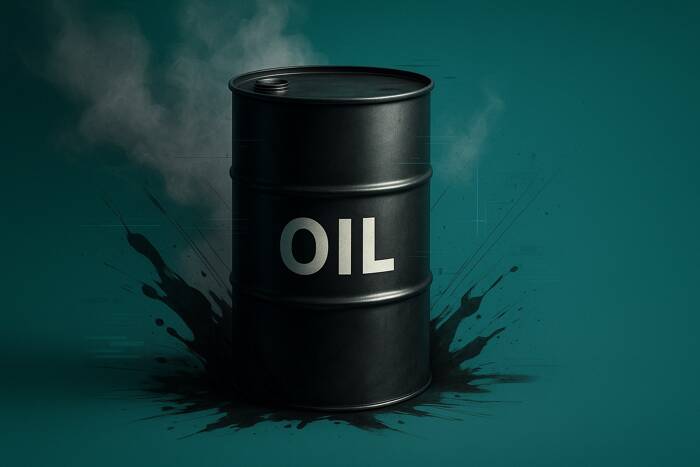Russian Sanctions Prove Hollow as Oil Flows Continue
Traders initially bid up prices on fears that U.S. sanctions on Russian majors Rosneft and Lukoil could disrupt global flows. However, those gains quickly reversed as it became clear that the measures were more symbolic than structural.
Russian exports continued largely uninterrupted, with India and China pausing only short-term purchases. Lukoil’s decision to divest international assets and use of shadow fleets underscored Moscow’s intent to maintain market access.
Inventory Draws Offer Temporary Relief
U.S. stockpile data provided some near-term support. The EIA reported a 6.86 million barrel draw in crude inventories—far exceeding expectations—while gasoline and distillate stocks also declined sharply. But the bullish surprise failed to shift the broader tone, as traders remained more focused on oversupply risks, reinforced by lackluster economic signals out of China and a strengthening U.S. dollar.
Supply Expansion Outpaces Demand Recovery
Oversupply concerns gained traction after data showed global producers have added over 2.7 million bpd in recent months, accounting for roughly 2.5% of global output. Saudi Arabia, in particular, raised August exports to a six-month high of 6.407 million bpd, with additional increases projected for December. Meanwhile, U.S. crude production hit a record 13.6 million bpd, adding to the structural imbalance in the market.
OPEC+ Seen Leaning Toward Modest Output Increase
The market’s focus is now squarely on the OPEC+ meeting scheduled for Sunday. Sources indicate the group is considering a modest supply increase of around 137,000 bpd in December.
This move would signal confidence in the group’s spare capacity and intent to reclaim market share amid resilient Russian exports and fading sanction impacts. However, only Saudi Arabia appears positioned to meaningfully lift production, limiting the practical effect of any quota adjustments.

